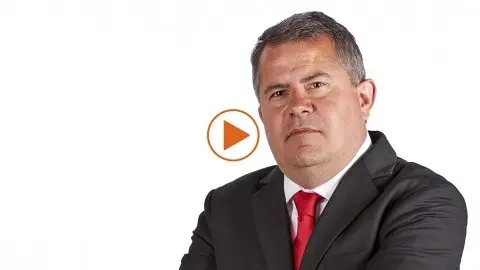ECB: The seven days to Lagarde’s ‘whatever it takes’
The just-released minutes of the 12 and 18 March European Central Bank meetings illustrate the ECB's road to another 'whatever it takes' moment and suggest that both a rate cut and more quantitative easing should not be ruled out
What a difference a month makes. At its 12 March meeting, the ECB had already started to analyse the potential impact from Covid-19 on the eurozone economy but the full impact was still more a possibility than reality. A couple of – to say the least - sub-optimal comments by ECB President Christine Lagarde at the last press conference, added more nervousness in financial markets. What followed was a series of events that will not win any awards but at least ended with an important U-turn. While at the 12 March meeting, Lagarde said she didn’t “have a claim to history for being 'whatever it takes' number two”, the announcement of a Pandemic Emergency Purchase Programme on 18 March had, in fact, become Lagarde’s 'whatever it takes' moment.
The just-released minutes of the two meetings from 12 March and 18 March illustrate the changing views of the ECB within one week. From first hoping that it would be enough to an all-in response. It’s a long read to go through both minutes. To save you some time, here are our highlights.
12 March meeting
- Back then, the ECB was already thinking in terms of scenarios, taking into account that additional lockdowns would follow the Italian example.
- The fear was that the government measures would not only reduce economic activity sharply in the short run but could also spread to the rest of the economy over time.
- The ECB flagged the risk that the temporary demand and supply shock could eventually lead to a fully-fledged macro and financial crisis, ending with long-run damage to the supply side of the economy.
- QE was the preferred option over another cut of the deposit rate.
18 March meeting
- The sense of urgency had increased significantly, reflected in statements like “there was an urgent need for the Governing Council to reassess its policy stance and instruments to address the economic consequences of the evolving coronavirus pandemic.”
- Not all members supported the decision to launch a new, dedicated asset purchase programme but seemed to prefer the option of increasing the ongoing QE programme or considering Outright Monetary Transactions.
- At the 18 March meeting, the option of a rate cut was brought back into the discussion, in order to lower the risk-free curve.
- Some members suggested that the ECB could already flag that “additional asset classes could in the future be accommodated within the scope of the proposed purchase programme, beyond the inclusion of commercial paper”.
- Not all members agreed with the decision to drop the issuer limit.
Normally, ECB minutes are closely analysed to find any hints at future policy moves. The minutes of the 12 and 18 March meetings, however, are more an illustration of evolving assessments within the ECB. If anything, additional rate cuts should not be ruled out entirely, as some ECB members still seem to support them. More generally, the U-turn by Christine Lagarde to do whatever it takes clearly suggests that the ECB stands ready to do more, if need be.
Download
Download snap
9 April 2020
Covid-19: The global battle continues This bundle contains 12 articles